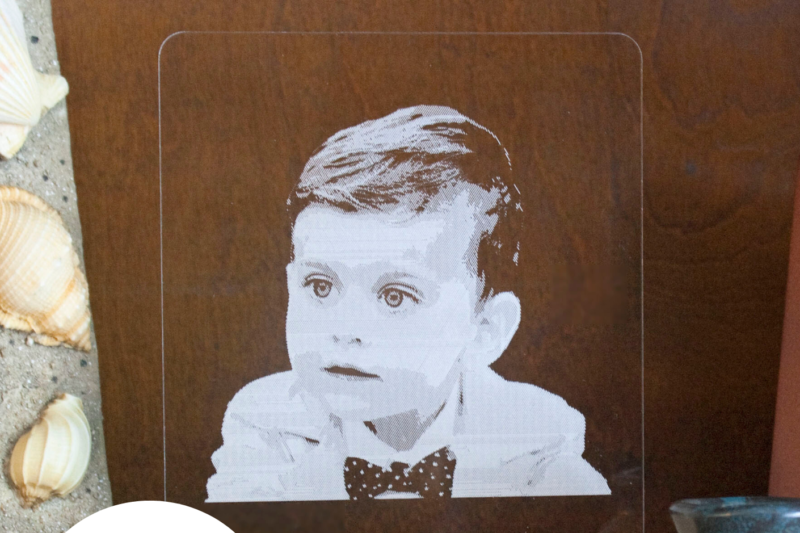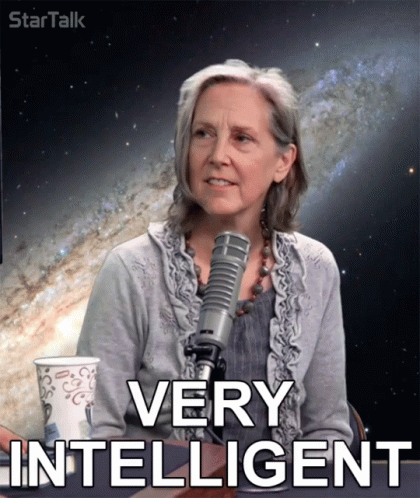

You’ll be met with a clean introduction screen that looks like this: Let’s get started on how you can make your own animated gifs.
#Smart gif maker tutorial plus
They’re great at allowing us to provide Gifs for clients, plus bring pages of our website and emails to life quickly. We use Gif Brewery for our animation studios own character and techy gif video creations. A perfect tool for business and social media.
#Smart gif maker tutorial download
Download it from the Mac app store and let’s begin utilising this excellent gif maker. It is intuitive, powerful and functional with a whole lot of interesting features for you to make use of. Gif Brewery 3 is ideal for creating quality gifs.
#Smart gif maker tutorial how to
Read and learn exactly how to use a gif maker. In this walkthrough, we’ll make use of Gif Brewery 3 on your Mac. It’s great for business use, and for engaging online. In a previous tutorial in this series, I showed you how to sharpen images with Unsharp Mask, the most basic sharpening filter in Photoshop.Creating gifs in a social media age of memes and fast-paced content is an essential tool to learn. This time, I show you how to get even better results using Smart Sharpen. Smart Sharpen vs Unsharp Maskīoth Unsharp Mask and Smart Sharpen are great choices for sharpening images. But Smart Sharpen is even better, with important advantages. Unsharp Mask is a much older filter, and has no way of detecting edges in your image. It also lacks control over the highlights and shadows, which often leads to clipping and a loss of detail in the lightest and darkest pixels.īy comparison, Smart Sharpen is a newer filter that takes advantage of more recent technology. Smart Sharpen can detect edges, so it sharpens edges without sharpening noise. It also creates thinner, less noticeable halos around edges, resulting in a cleaner image. Let's see how it works! New to Smart Sharpen in Photoshop CC: Reduce Noiseįor best results with Smart Sharpen, you'll want to be using Photoshop CC which includes a Reduce Noise feature not available in previous versions of the filter.ĭownload this tutorial as a print-ready PDF! How to sharpen images with Smart Sharpen And Smart Sharpen includes controls for fading the edge contrast in both the highlights and shadows, so your image looks sharper without losing detail. I'll use this image that I downloaded from Adobe Stock: #Smart gif maker tutorial how to# Choosing the best Amount value for sharpening your image The sharpening with an Amount of 200% (left) and at 500% (right). So what's the best Amount setting to use? It really depends on the size of your image and the amount of detail. But for most images, Amount values of between 150% and 200% work best. However, the Amount option does not sharpen images on its own. To really see the effect that the Amount value has on sharpening, we also need to adjust the Radius option, which we'll look at next. Step 6: Adjust the Radius value to set the edge thickness And to make it easier to see how Radius works, I'll leave my Amount value set to 500%. The Radius value in the Smart Sharpen dialog box controls the thickness of the edges, by setting the number of pixels extending outward from an edge that should be considered part of the edge. Radius has a big impact on sharpening because thicker edges make the increased contrast from the Amount setting more obvious. So the two options, Amount and Radius, work hand-in-hand. But as we increase the Radius, a wider and wider area is affected: The default Radius value of 1 pixel means that the Amount value is affecting only a single pixel on either side (one pixel on the light side of the edge and one on the dark side). Choosing the best Radius value for sharpening your image Lens Blur is the setting you'll use for most images.

Like the Amount value, the best Radius value to use depends on your image. That's because pixels appear much smaller in print, so the halos appear much thinner and less obvious.īut it also depends on whether the image is being sharpened for print or for viewing on screen. To compensate, you'll need a higher Radius value and thicker halos for the printed version to look just as sharp as the on-screen version. And the flip side is that an image being sharpened for print will usually look over-sharpened on your screen.


 0 kommentar(er)
0 kommentar(er)
